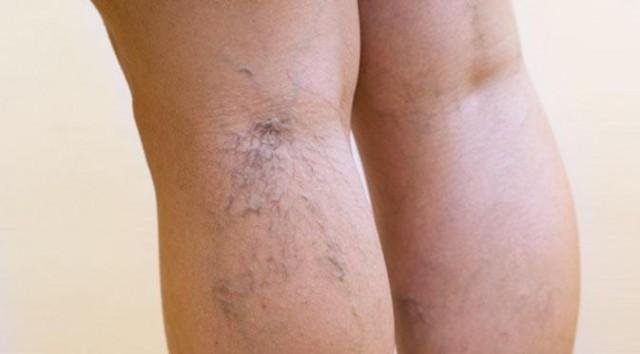Do You Know Varicose Diseases, These are the Symptoms and Their Causes
Varicose veins may not cause pain. The signs you may have with varicose veins include:

Veins that are dark purple or blue Veins color that looks crooked and protruding; Often like a rope on your feet When painful signs and symptoms occur, they may include:
Pain or weight on your feet Burning, throbbing, muscle cramps and swelling in your lower legs Pain that burns after sitting or standing for long Tickling one or more of your veins Bleeding from varicose veins Rope pain in blood vessels with red color discoloration on skin Changes in color, hardening of blood vessels, swelling of the skin or skin ulcers near your ankle, which could mean you have a serious form of vascular disease that requires medical treatment Spider vein is similar to varicose veins, but also smaller. Spider veins are found closer to the surface of the skin and are often red or blue.
They occur in the legs, but can also be found on the face. Spider veins vary in size and often look like cobwebs.
Cause
The arteries carry blood from the heart to all of your body tissues. Veins return blood from the rest of your body to your heart, so the blood can be recirculated. To restore blood to your heart, the blood vessels in your leg should work against gravity.
Muscle contraction in your lower leg acts as a pump, and the walls of the elastic vessels help the blood return to your heart. The small valve in your blood vessels opens as blood flows toward your heart and closes the bloodstream to keep it from flowing backwards.
The causes of varicose veins may include:
Age. As you age, your blood vessels may lose elasticity, causing it to stretch. The valves in your blood vessels may become weak, allowing blood that should move toward your heart to flow backwards.
The blood vessels in your blood vessels, and your blood vessels become enlarged and become varicose veins. The veins look blue because they contain deoxygenated blood, which is in the process of being circulated through the lungs. Pregnancy. Some pregnant women develop varicose veins. Pregnancy increases the volume of blood in your body, but lowers blood flow from the legs to your pelvis. These circulatory changes are designed to support fetal growth, but can produce unfavorable side effects - enlarged blood vessels in your legs.
Varicose veins may appear for the first time or may worsen during late pregnancy, when your uterus puts more pressure on the blood vessels in your legs. Your hormonal changes during pregnancy may also play a role. Varicose veins that develop during pregnancy generally improve without medical treatment three to 12 months after delivery.